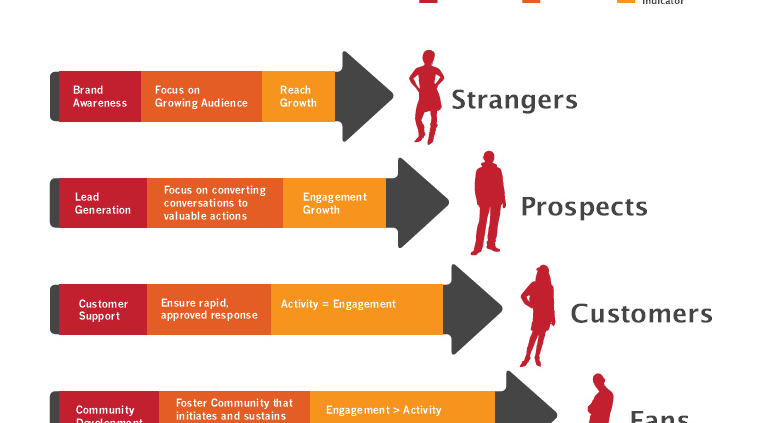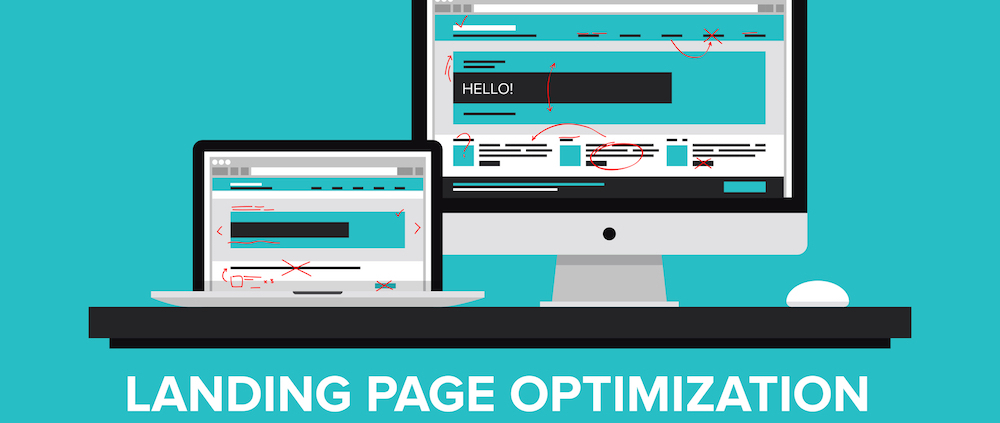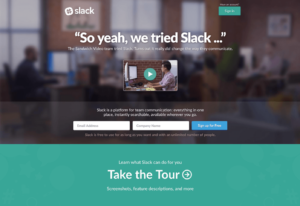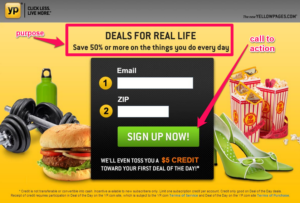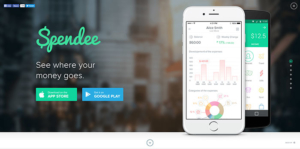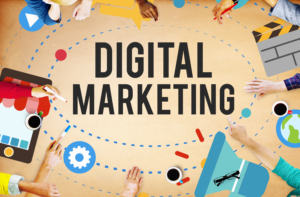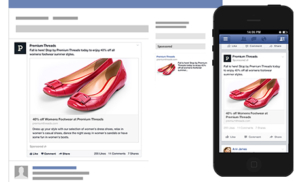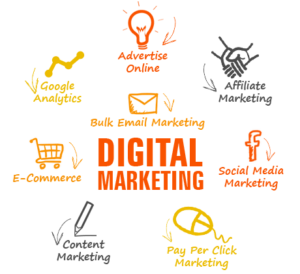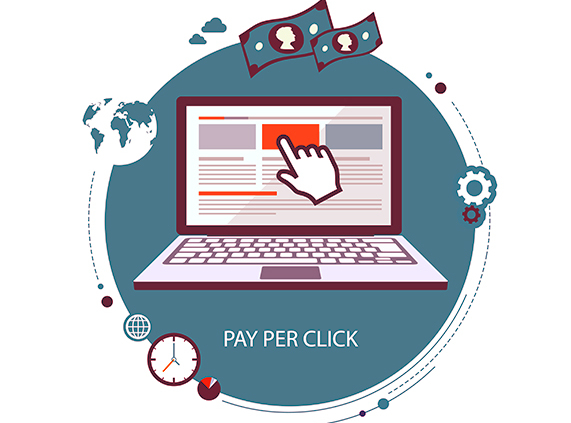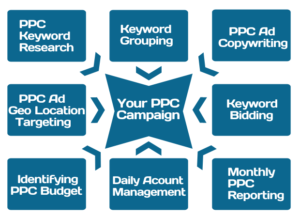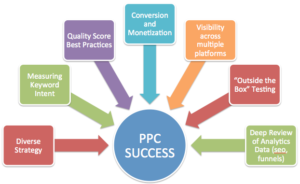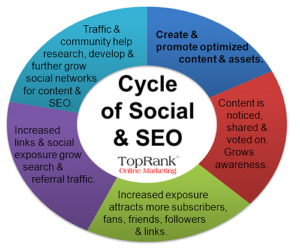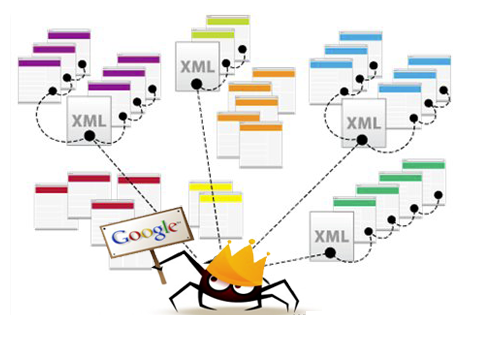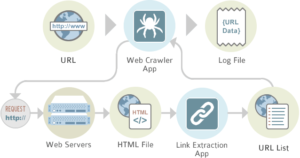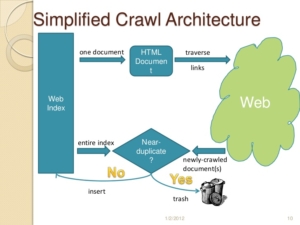Retaining existing customers is almost always more profitable for a business than acquiring a new one. This is because the efforts and costs involved in gaining new clients is exponentially greater than retaining the existing one. Enter the need for a CRM.
If you want to retain more of your current customers, you should invest in a Customer Relationship Management system (CRM).
A CRM system is a valuable asset for your business because it keeps control of all your customers and contacts; and is an effective way to build and maintain good business relationships with all your existing and potential customers.
Why Invest in a CRM?
- A CRM helps you track your customers’ needs, questions, complaints, issues and interactions in a simple way. This helps your customer service team deal with problems (and potential cross-sales, upsells, and referrals) fast, and without complicated spreadsheets or multiple mailing lists. Responding to customer queries quickly helps your customers bond with you, which increases your customer retention rate.
2. A good CRM system will also analyze your customers’ behaviors and help the sales team to find out customers’ needs. These needs can then be converted into business leads and sales opportunities because these provide excellent data and market research. And, satisfying your customers’ wants is going to lead to in increase in referrals. Similarly, historic data of purchases can be used to predict customers’ behaviors or purchasing patterns.
3. A CRM allows you to collaborate with your team, and your customers using a single tool. The days of maintaining customer lists in notebooks, excel sheets, and word documents, then mass emailing your client list are over. You can manage and reach everyone with one tool, from one place, and any of your employees can join the effort even if they’re out of the office.
4. Because the workflow is automated through a CRM system, it helps in reducing the operational cost, which increases your company’s profits. And, through analysis of current customer behavior data, you can make forecasts for future profitability.
5. It retains your most valuable data in one safe, secure location. You can choose which employees have access to this data. This prevents lead theft and client poaching by employees that leave your company. Simply alter the password, and their access is cut off.






